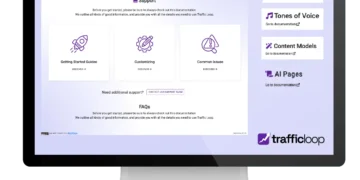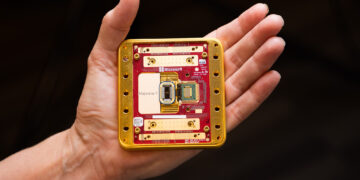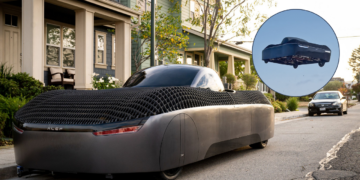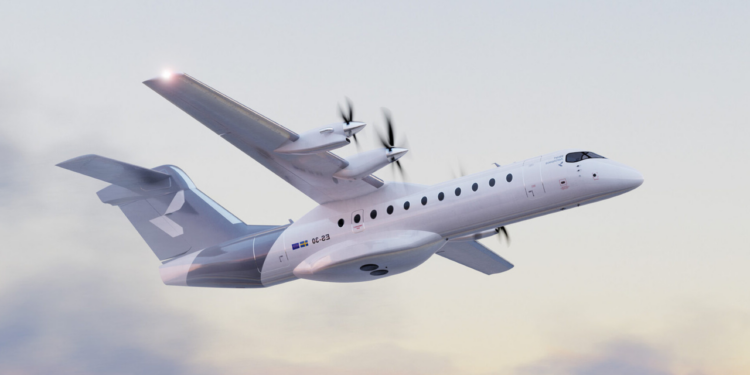Can an electric aircraft change the future of aviation? The Heart X1, developed by Heart Aerospace, promises to do so, marking a crucial step towards more sustainable skies. This innovative all-electric aircraft represents not only a solution for reducing emissions in aviation, but also a symbol of change for an industry seeking greater efficiency and accessibility.
With its first flight scheduled for 2025, the Heart X1 anticipates an era in which flying will be more environmentally friendly, without compromising convenience or safety. With its futuristic design and its parent company’s bold vision, it aims to revolutionise regional travel and redefine sustainable air travel on a global scale.
The first step towards a zero-emission future
The Heart X1 is the new all-electric demonstrator developed by Heart Aerospace, a Swedish company and leader in sustainable aviation innovation. Designed to represent a milestone in the transition to greener and more efficient aviation, the Heart X1 stands out as the technological basis for future aircraft, such as the ES-30.
Main technological features:
- Fully electric propulsion: the Heart X1 uses motors powered exclusively by batteries, eliminating direct CO₂ emissions.
- Operational efficiency: maintenance and operating costs are significantly reduced compared to conventional aircraft thanks to electric technology.
- Innovative design: lightweight materials and advanced systems optimise range and performance.
- Versatility: ideal for regional flights, the segment that connects communities and remote areas, often poorly served by traditional transport.
- State-of-the-art safety: control and power systems ensure high safety standards.
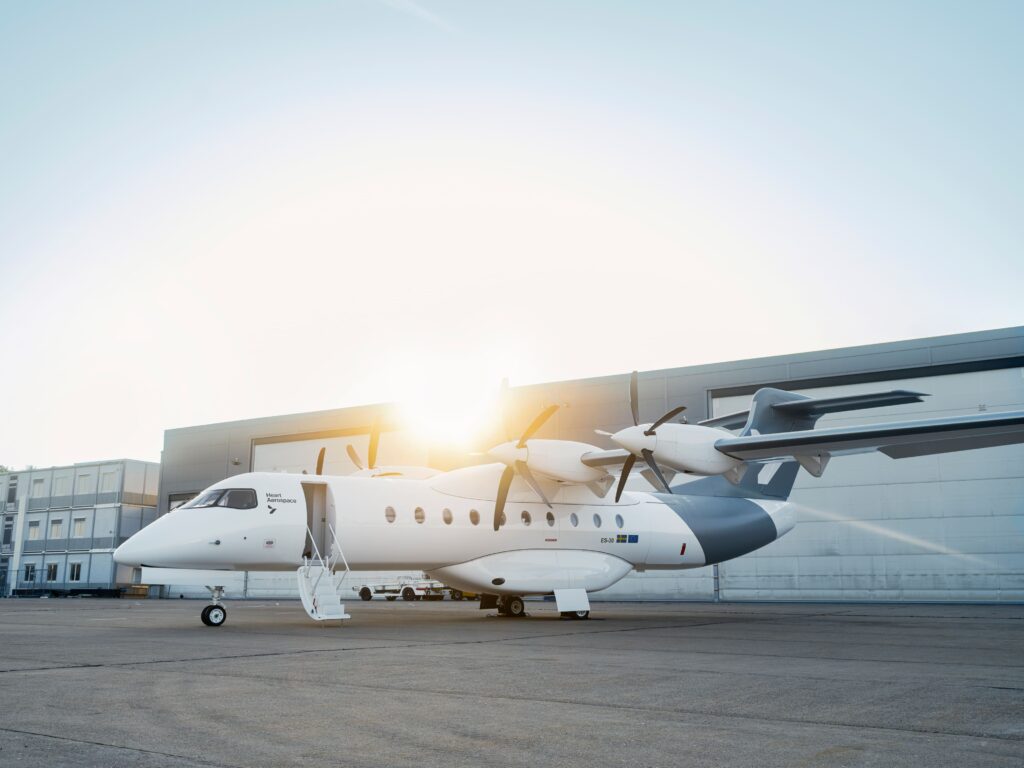
However, the Heart X1 is not just an engineering achievement. As we shall see, the project also aims to change the paradigm of air transport, making it more accessible and sustainable for all.
Heart Aerospace: Democratisation and sustainability of electric flight
Heart Aerospace does not just innovate technologically; the company has a clear mission: to democratise aviation, making flying accessible and sustainable. Electric aircraft not only reduce emissions, but also reduce operating costs, opening up new opportunities for regional transport, a market that is often overlooked today.
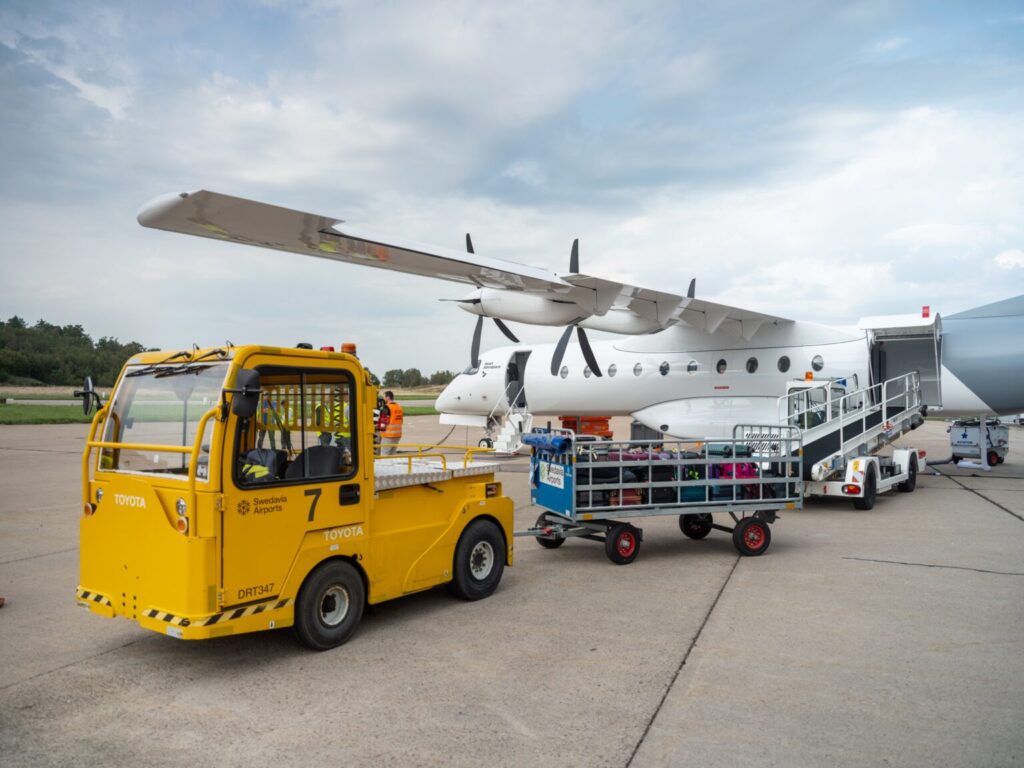
As Anders Forslund, CEO and co-founder of Heart Aerospace, said, “Our goal is to transform the aviation industry and make flying accessible, sustainable and affordable for everyone“. Thanks to Forslund’s visionary leadership, Heart Aerospace is pursuing this mission with determination, with the Heart X1 as a symbol of their ambition. For this vision to materialise, however, further efforts are needed from both a public policy and technology integration perspective.
The importance of public support, sustainable policies and technology simulation
The success of Heart X1 depends on strong public support, as emphasised by CEO Anders Forslund, who stresses the importance of government funding to accelerate research and development.In this context, the Nordic region plays a key role, with favourable policies and infrastructure that foster the adoption of green technologies. Among the main partners and supporters of Heart Aerospace are companies such as Saab, Volvo Cars and Microsoft, the latter supporting the project by including the Heart X1 in the Microsoft Flight Simulator 2024 (see video).This simulation not only optimises the project, but also raises awareness among a global audience about the future of sustainable aviation.
The take-off of the future
With its first flight scheduled for 2025, the Heart X1 is not just a technology demonstrator, but a symbol of change for the entire aviation industry.
Heart Aerospace aims to prove that a sustainable future in the skies is possible without sacrificing efficiency, safety and convenience.
Through a mix of technological innovation, visionary leadership and commitment to sustainability, the Heart X1 project represents a milestone in the history of aviation. We just have to wait for its take-off to see how aviation will take a new direction, towards cleaner skies and a greener future.





